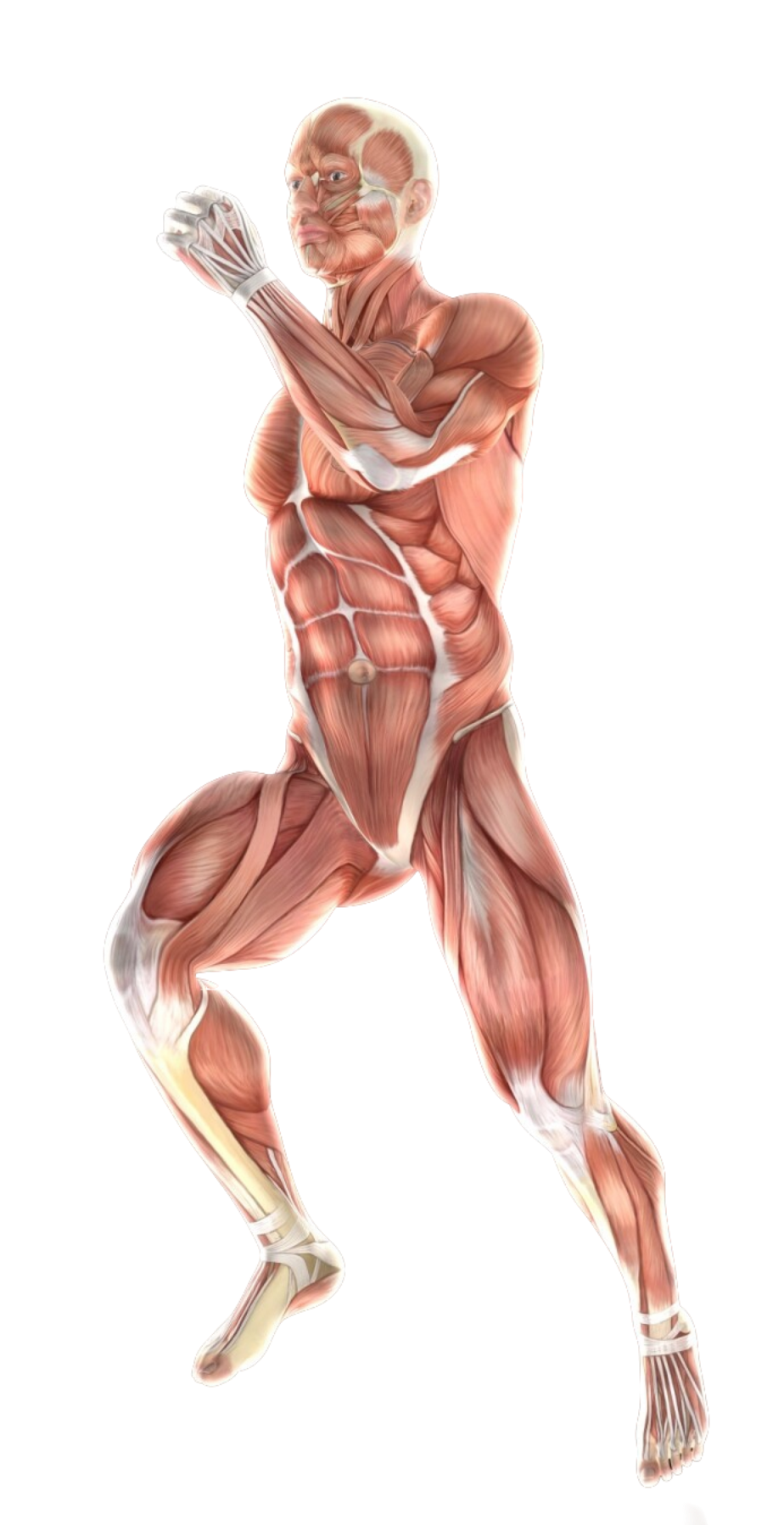- #11-13 Mount Elizabeth Medical Centre (Orchard)
- Mon Fri 9am — 6pm | Sat 9am — 12.30 pm
De Quervain’s tenosynovitis is a painful condition that affects the tendons at the base of your thumb. These tendons, the abductor pollicis longus and the extensor pollicis brevis, aid in motion and grip of the thumb. When the sheath around these tendons becomes swollen and inflamed, it compresses the tendon, causing the characteristic pain and limited range of motion associated with De Quervain’s tenosynovitis.
The most common symptoms of De Quervain’s tenosynovitis include:
The exact cause of De Quervain’s tenosynovitis is not fully understood, but several factors are believed to contribute to its development:
Certain factors can increase your risk of de Quervain’s tenosynovitis:
The diagnosis of De Quervain’s tenosynovitis usually includes:
A health care professional will examine your wrist and thumb. They will palpate the area to identify the location of the tenderness and assess the intensity of the pain.
This specific test involves making a fist by tucking the thumb inside the fingers and then turning the wrist toward the little finger. This position stretches the tendon and can reproduce pain if de Quervain’s tenosynovitis is present.
Treatment for De Quervain’s tenosynovitis focuses on reducing inflammation, relieving pain, and preventing further injury. Here’s an overview of common treatment options:
Physical therapy can play an important role in the management of de Quervain’s tenosynovitis.
Surgery for De Quervain’s tenosynovitis is rarely necessary and is usually only considered if conservative treatment fails to provide significant improvement after a long period of time (usually several months). Here is the most common surgical procedure:

Spine - Neck
Shoulder & Elbow
Spine — Back
Wrist & Hand
Knee Pain
Ankle Pain
Foot Pain
Book a consultation with us for a more comprehensive diagnosis and a personalised treatment plan best suited to your needs.

Spine - Neck
Shoulder & Elbow
Spine — Back
Wrist & Hand
Knee
Ankle
Foot